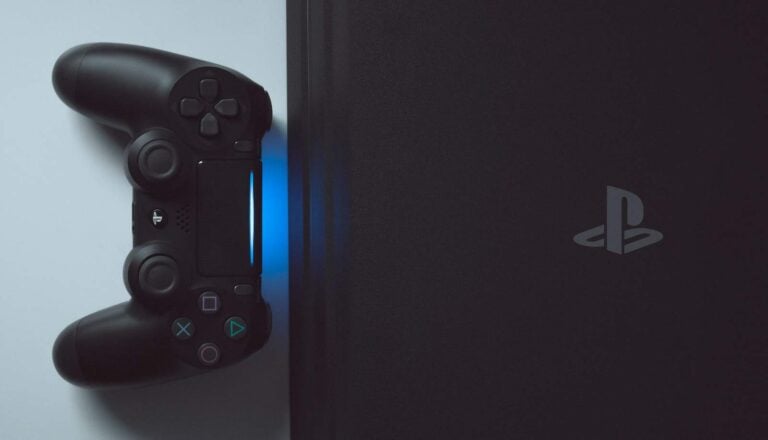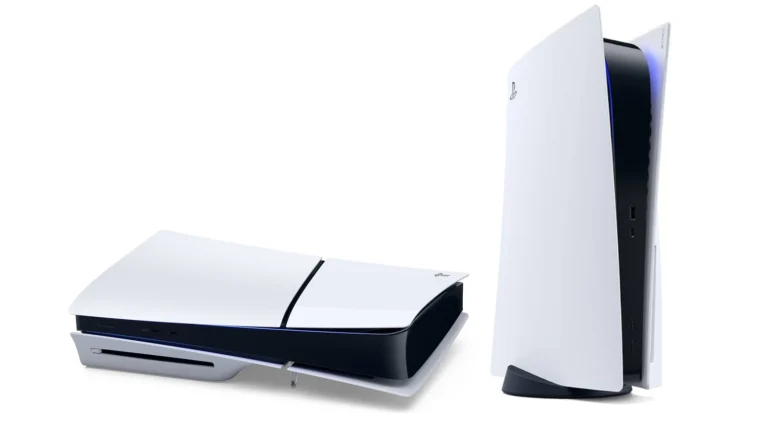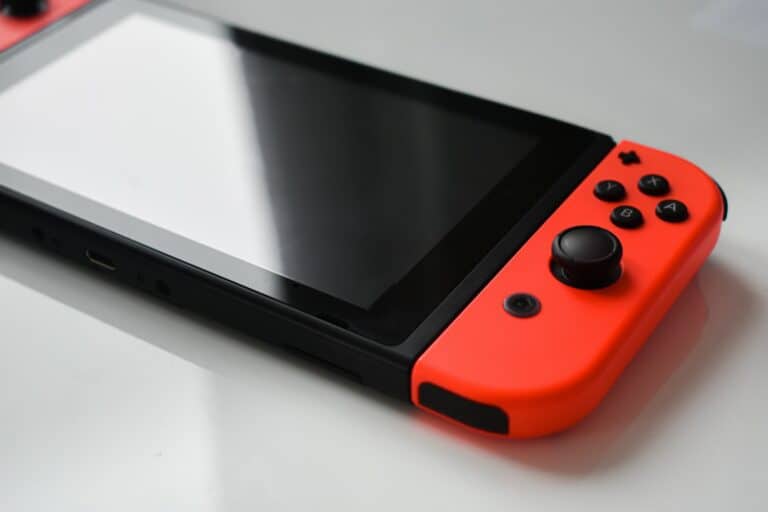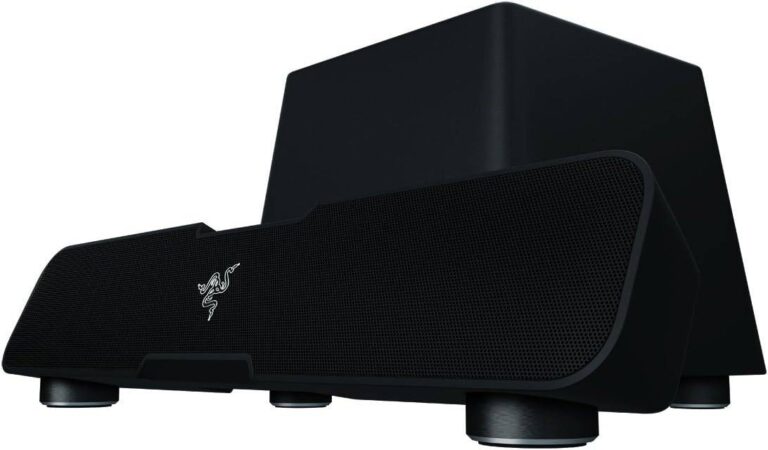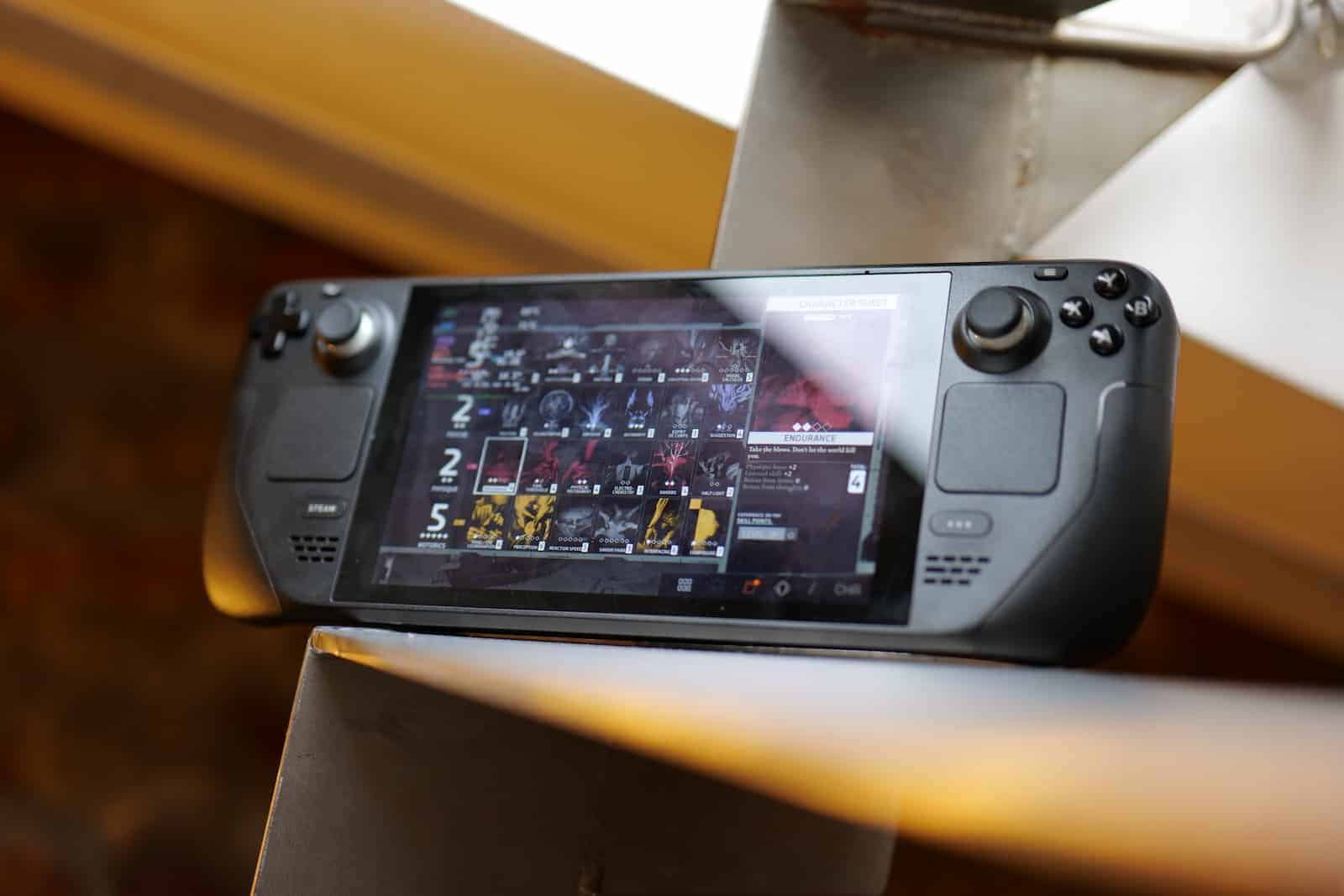
Is your Steam Deck stuck in a verification loop? Many users face this frustrating issue when their device gets stuck on the “verifying installation” screen during startup. You can fix a Steam Deck stuck on verification by holding the power button to force a shutdown, then using the volume and power buttons to access recovery options where you can either reinstall SteamOS or select an older system image to boot from. This simple approach can save you hours of troubleshooting and get you back to your games quickly.
The verification issue often appears after system updates or when your Steam Deck experiences power issues. Sometimes, simply ensuring your power cable is firmly connected can prevent these problems. In other cases, you might need to attempt recovery by selecting a previous system version when your device gets stuck in this frustrating boot loop.
Don’t worry if the standard restart doesn’t work—you’re not alone, and your device isn’t broken. The Steam Deck has built-in recovery options designed specifically for these situations. With a few simple steps, you can resolve the verification freeze and get back to gaming without losing your data or needing to send the device for repairs.
⚠️ What the “Verifying Installation” Issue Means
When your Steam Deck shows “Verifying installation” on boot, it’s usually checking or repairing system files after an update or crash.
However, if it loops endlessly or freezes, it means the operating system (SteamOS) or an update didn’t complete properly.
Common causes include:
- Interrupted system update
- Corrupted SteamOS files
- Full or damaged internal storage
- Software bug in the latest update
🧰 Before You Begin
You’ll need:
- A USB-C cable or USB-C hub (for recovery if needed)
- A keyboard or mouse (optional but helpful)
- Internet access (for re-downloading updates or recovery image)
🧩 Step-by-Step Fixes
1. Wait and Let It Finish (First Check)
Sometimes, “Verifying installation” can take 10–30 minutes, especially after a major update.
- Plug in your charger to ensure the Deck doesn’t power off.
- If it’s been stuck for over 45 minutes, move to the next step.
2. Force Restart the Steam Deck
- Hold the Power button for 10–12 seconds until it fully shuts down.
- Wait a few seconds, then press the Power button again to restart.
If it still gets stuck, continue below.
3. Boot into Boot Manager
- Turn off the Steam Deck completely.
- Hold the Volume Down button, then press Power.
- Release Power when you hear the chime, but keep holding Volume Down until the Boot Manager menu appears.
- Select a different boot option (if available) — for example, “SteamOS” or “EFI Internal Drive.”
If your Deck still hangs, proceed to recovery options.
4. Boot into Recovery Mode
If the OS is corrupted, recovery mode can help repair or reinstall SteamOS.
- Download the Steam Deck Recovery Image from Valve’s official site:
👉 Steam Deck Recovery Instructions - Use Rufus or BalenaEtcher on a PC to flash the image to a USB drive or SD card.
- Insert the USB drive into your Steam Deck via a USB-C hub.
- Hold Volume Down + Power to enter Boot Manager.
- Select the USB drive to boot from it.
- Once in Recovery Mode, you’ll see these options:
- Re-image Steam Deck – reinstalls SteamOS completely (erases data).
- Reinstall SteamOS – keeps your games and data but repairs system files.
- Clear local user data – resets user settings only.
💡 Try Reinstall SteamOS first — it fixes most “verifying installation” loops without deleting your content.
5. Check for Storage or File System Errors
Corrupted or full storage can trigger verification loops.
- Boot into Desktop Mode (if possible).
- Open Konsole (terminal) and run:
df -hThis shows disk space. If your drive is nearly full, delete unused games or files. - You can also run:
sudo e2fsck -f /dev/mmcblk0p8(This checks and repairs the SteamOS partition — only do this if you’re comfortable with Linux commands.)
6. Factory Reset (Last Resort)
If nothing works:
- Boot into Recovery Mode (see Step 4).
- Choose Re-image Steam Deck.
- This wipes your Deck completely and restores it to factory condition.
- After reinstalling, log back into Steam and re-download your games.
🧠 Optional: Prevent It from Happening Again
- Keep your Deck plugged in during updates.
- Avoid forcing shutdowns while SteamOS is updating.
- Regularly reboot after large updates.
- Free up at least 10 GB of space before installing system updates.
- Back up saves and settings using Steam Cloud or a USB drive.
🧾 Summary
| Fix | Description | Data Loss Risk |
|---|---|---|
| Wait and restart | Might resolve minor update issues | None |
| Boot Manager | Try alternate boot source | None |
| Recovery Mode (Reinstall OS) | Repairs system files | Low |
| Re-image Steam Deck | Full factory reset | High |
| Check storage | Fixes corruption and space issues | Low |
✅ Final Thoughts
If your Steam Deck remains stuck on “Verifying installation” even after reinstalling SteamOS, it could indicate hardware failure (SSD or eMMC). In that case, you should contact Valve Support for repair or replacement:
👉 Steam Deck Support
Key Takeaways
- Force shutting down your Steam Deck and accessing recovery mode can quickly resolve verification loop issues.
- Checking power connections and selecting previous system versions are effective troubleshooting methods for Steam OS boot problems.
- Valve’s built-in recovery options make fixing verification issues possible without data loss or professional assistance.
Understanding the Steam Deck Environment
The Steam Deck operates in a unique computing environment that combines custom hardware with a specialized Linux-based operating system. This foundation allows Valve’s handheld to function both as a portable gaming PC and as a versatile computing device.
Overview of SteamOS
SteamOS is Valve’s custom Linux distribution specifically designed for the Steam Deck. Based on Arch Linux, SteamOS 3.0 (codenamed “Holo”) uses KDE Plasma for its desktop mode. The system has two main interfaces: Gaming Mode and Desktop Mode.
Gaming Mode presents a controller-friendly interface optimized for handheld use. This is what you’ll see when booting up your Steam Deck. Here, your game library is easily accessible along with the Steam store and social features.
Desktop Mode provides a traditional Linux desktop experience where you can install applications, browse the web, and perform typical computing tasks. This flexibility allows you to use the Steam Deck beyond gaming.
SteamOS updates happen automatically unless disabled, and sometimes these updates can cause the system to get stuck in verification loops during boot.
Steam Deck Hardware Specifications
The Steam Deck features AMD custom APU hardware that balances performance with power efficiency. The quad-core Zen 2 CPU paired with RDNA 2 graphics delivers significant gaming power in a portable form factor.
Memory specifications include 16GB of LPDDR5 RAM, which is shared between the CPU and GPU. Storage options vary across models:
- 64GB eMMC (base model)
- 256GB NVMe SSD (mid-tier)
- 512GB NVMe SSD (premium model)
All models include a microSD card slot for expandable storage. The 7-inch touchscreen display (1280×800 resolution) provides 60Hz refresh rate with good color accuracy for gaming on the go.
The control layout includes standard gamepad controls, trackpads for mouse emulation, and a gyroscope for motion controls. These components can sometimes impact system stability during verification processes.
Software Stack and Linux Foundation
The Steam Deck’s software architecture is built on open-source technology. At its core, the Linux kernel provides the foundation, with Proton (Valve’s compatibility layer) enabling Windows games to run on Linux.
Proton combines Wine and additional technologies to translate DirectX calls to Vulkan, allowing Windows games to run without native Linux ports. This translation layer is constantly improving through updates.
Key software components include:
- Gamescope: A Wayland compositor optimized for gaming
- Mesa: Open-source graphics drivers for AMD hardware
- KDE Plasma: Desktop environment for Desktop Mode
- Flatpak: For installing additional software
When experiencing verification problems, these software components interact in complex ways. The verification process checks system integrity to ensure proper functionality of all these software layers.
Understanding this stack helps you troubleshoot issues when your Steam Deck gets stuck verifying installation during boot-up.
Common Causes for Installation Verification Issues
Steam Deck’s “verifying installation” loop can be frustrating when it prevents you from accessing your games. This issue typically stems from problems with the operating system, corrupted files, or hardware complications that interrupt the normal boot process.
Errors in SteamOS
SteamOS issues are among the most common triggers for verification loops. When the operating system encounters errors, it attempts to verify installation integrity as a safety measure.
This often happens after system updates that didn’t complete properly or were interrupted during installation. Some users have reported crashes that lead to the verification screen appearing repeatedly.
Memory allocation problems within SteamOS can also cause this issue. Specifically, the UMA Frame Buffer Size setting can trigger verification loops when set incorrectly. Changing this setting from the default 1GB to 4GB has resolved the problem for some users.
Quick SteamOS checks:
- Verify your Steam Deck is running the latest SteamOS version
- Check system logs for error messages
- Try a simple restart before attempting more complex solutions
Corrupted Installation Files
Corrupted files in your Steam Deck’s storage can trigger endless verification loops. This corruption typically affects critical system files needed during the boot process.
The Steam Download Cache may become corrupted after interrupted downloads or updates. When critical system files are damaged, the verification process can’t complete successfully, creating an endless loop.
Junk files that accumulate over time can interfere with normal operation. These temporary files, logs, and cached data sometimes contain conflicts that prevent proper verification.
You may need to reinstall the OS if corruption is severe. Fortunately, this process isn’t difficult – accessing the Steam Deck recovery image from Valve’s website provides the tools needed to restore your system to working order.
Hardware-related Problems
Physical components can sometimes cause verification issues, particularly when the Steam Deck can’t properly access its storage or experiences power management problems.
Storage hardware problems are common culprits. If your SSD or eMMC storage has developing bad sectors or connection issues, the verification process may repeatedly fail as it tries to read crucial system files.
Power-related issues can interrupt the verification process. If your battery is extremely low or the power management system is malfunctioning, the device might continuously reboot during verification.
Some users have found success by simply holding down power and volume buttons to force a proper shutdown. This method can clear temporary states that cause verification loops without requiring more drastic measures.
Using external accessories like docks can sometimes introduce problems. Try disconnecting all peripherals and attempting a clean boot of your Steam Deck if verification issues began after connecting new hardware.
Preventive Measures and Maintenance
Taking proactive steps can help you avoid the frustrating “verifying installation” loop on your Steam Deck. Regular maintenance keeps your system running smoothly and prevents many common issues.
Regularly Updating SteamOS and Firmware
Keeping your Steam Deck’s operating system current is essential for stability. Valve regularly releases updates that fix bugs and improve performance.
To check for updates:
- Press the Steam button
- Navigate to Settings > System
- Select Check for Updates
Don’t skip BIOS updates, as they contain critical firmware improvements that prevent system crashes. Many users who experience the “verifying installation” loop are running outdated system software.
Set your Steam Deck to automatically download updates when connected to Wi-Fi. This ensures you’ll never miss important patches that could prevent system verification errors.
If you’re using the Steam Deck in desktop mode frequently, remember to return to Gaming Mode to receive notifications about pending system updates.
Managing the Steam Deck’s Storage
Poor storage management is a common trigger for system verification issues. When your internal storage becomes too full, it can cause crashes that lead to verification loops.
Keep at least 10-15% of your storage free at all times. This prevents file system errors that might corrupt game installations.
Consider these storage best practices:
- Use SD cards for game storage, not for system files
- Regularly clean your download cache (Settings > Storage > Clear Download Cache)
- Avoid filling the internal SSD completely
- Use a partition manager in Desktop Mode to monitor storage health
If you frequently install and uninstall games, run the Steam verification tool occasionally to ensure no orphaned files remain.
Security Best Practices
Security issues can sometimes trigger system verification. Protect your Steam Deck from unauthorized modifications that might disrupt normal operation.
Always download games and software through official channels. Side-loaded applications from unknown sources can introduce conflicts that trigger the verification screen.
Use strong passwords for your Steam account and enable Steam Guard. This prevents unauthorized access that could lead to system tampering.
When using desktop mode, be cautious about granting sudo privileges to applications. System-level changes can interfere with SteamOS’s integrity checking mechanisms.
If you’ve modified system files for customization, keep a backup of the original files. This allows you to restore them if they cause verification problems.
Step-by-Step Troubleshooting Guide
When your Steam Deck gets stuck on “verifying installation,” you’ll need a systematic approach to solve the problem. The following methods target specific areas that commonly cause this issue, from game file integrity to system configuration problems.
Verifying Integrity of Game Files
If your Steam Deck is stuck verifying installation, start by checking the integrity of your game files. This built-in Steam tool can find and fix corrupted data.
- Power on your Steam Deck and access the Steam interface
- Navigate to your Library and find the problematic game
- Right-click the game or press the menu button
- Select “Properties” from the dropdown menu
- Click on “Local Files” tab in the properties window
- Select “Verify Integrity of Game Files”
This process scans all game files and compares them to the versions on Steam’s servers. Any mismatched or corrupted files will be redownloaded automatically. The verification might take several minutes depending on the game size.
Clearing the Steam Download Cache
Download cache issues frequently cause verification loops. Clearing this cache forces Steam to rebuild it from scratch, often resolving stubborn verification problems.
To clear your Steam Deck’s download cache:
- Enter Desktop Mode by holding the power button and selecting it
- Open Steam in Desktop Mode
- Click on “Steam” in the top-left corner
- Select “Settings” from the dropdown menu
- Navigate to “Downloads” in the sidebar
- Click “Clear Download Cache” near the bottom
- Confirm and allow Steam to restart
After clearing the cache, Steam will rebuild it when you next download content. This fresh cache often solves verification issues by removing corrupted temporary files.
Checking the System for Junk Files
Temporary files and unused data can accumulate on your Steam Deck, potentially interfering with the verification process. Regular cleanup can prevent these issues.
Areas to check for junk files:
- Shader caches for uninstalled games
- Temporary download files in the downloads folder
- Old update files that weren’t properly deleted
To clean your system:
- Switch to Desktop Mode
- Open File Manager (Dolphin)
- Navigate to
~/.steam/steam/steamapps/common/ - Look for folders of games you’ve uninstalled
- Delete any leftover folders after confirming they’re not needed
Be careful not to delete important system files. Focus only on removing files from games you no longer have installed or temporary files that are safe to delete.
Reviewing Configuration Files for Errors
Sometimes configuration files become corrupted, causing the Steam Deck to get stuck in verification loops. Checking these files can identify problems.
Key configuration files to check:
- Steam.cfg – Controls Steam’s startup behavior
- libraryfolders.vdf – Manages Steam library locations
- config.vdf – Contains user-specific settings
If you suspect configuration issues:
- Enter Desktop Mode
- Navigate to
~/.steam/steam/ - Look for any .vdf files with recent modification dates
- Make backups of suspect files by copying them with “.backup” appended
- Restart your Steam Deck in Gaming Mode
For serious issues, you may need to reinstall the OS using the recovery image. This is a more drastic step but effectively resets all configuration files to their default state.
Advanced Troubleshooting Techniques
When standard fixes fail to resolve the “verifying installation” issue on your Steam Deck, you’ll need to employ more sophisticated methods. These techniques require deeper system access but can effectively address persistent problems.
Using Flatpak for Application Management
Flatpak provides a more stable alternative to manage applications on your Steam Deck. To use it, first enter Desktop Mode by holding the power button and selecting “Switch to Desktop.”
Open the Discover app and look for applications with the Flatpak label. These apps are containerized, which means they:
- Run in isolated environments
- Have fewer conflicts with system files
- Are less likely to cause boot verification issues
You can manage Flatpak applications through the terminal by entering:
flatpak list
flatpak update
flatpak uninstall [application-id]
If you suspect a specific application is causing verification loops, try removing it through Flatpak. Some users have reported success after removing problematic apps and rebooting.
Accessing BIOS and Modifying Settings
The Steam Deck’s BIOS contains settings that can affect the verification process. To access it:
- Power off your Steam Deck completely
- Hold Volume Up + Power until you hear a beep
- Navigate using the D-pad and select with A button
Key BIOS settings to check include:
Boot Options: Ensure Secure Boot is properly configured. Some users have resolved verification issues by toggling this setting.
Power Management: Adjust sleep and hibernation settings which can sometimes interfere with proper booting and verification.
If your system crashes during gameplay and then gets stuck on verification, try disabling the performance overlay in BIOS settings.
Analyzing Logs for Advanced Diagnosis
System logs can reveal the root cause of verification problems. To access them:
- Enter Desktop Mode
- Open Konsole (terminal application)
- Type:
journalctl -b -0to view current boot logs
Look for errors containing terms like:
- btrfs (file system)
- systemd boot processes
- steamclient references
Common error patterns include disk read failures, partition verification errors, or corrupted system files. These logs can help identify if your issue is hardware or software related.
For persistent issues, you can save logs for deeper analysis:
journalctl -b -0 > ~/Desktop/steam-deck-logs.txt
This file can be shared in tech support forums for expert assistance.
Staying Connected with the Steam Community
The Steam community offers valuable resources for troubleshooting your Steam Deck’s “verifying installation” issue. By tapping into forums and community knowledge, you can find solutions that have worked for others facing similar problems.
Forums and Support Channels
When your Steam Deck gets stuck at the verification screen, the official Steam Deck discussions are an excellent place to start. These forums contain threads specifically about verification issues where users share their experiences and solutions.
You can also check:
- Reddit’s r/SteamDeck community: This active subreddit has numerous posts about verification problems and solutions.
- Steam’s GitHub Issue Tracker: Technical users report bugs on the SteamOS GitHub page, where developers sometimes respond with official fixes.
- Facebook Groups: Dedicated Steam Deck groups contain posts where users share troubleshooting steps.
If possible, take a screenshot of any error messages to share with the community for more targeted help.
Taking Advantage of Community Knowledge
The collective wisdom of Steam Deck users often reveals solutions before official channels do. Many users have discovered that VRAM settings can cause verification loops, with changing the UMA Frame Buffer Size from 1GB to 4GB solving some issues.
Community-made tutorials on YouTube show specific button combinations to bypass verification hangs. These videos often demonstrate methods not covered in official documentation.
When browsing forums, look for:
- Recent posts (within the last 3-6 months)
- Solutions with multiple confirmations from other users
- Detailed step-by-step instructions
If you can’t access your Deck directly, using Remote Desktop software to connect from another PC can help you follow community advice for system modifications while getting real-time feedback.
Privacy Considerations on Steam
When troubleshooting your Steam Deck’s verification issues, it’s important to understand how your data is handled. Steam collects and processes various types of information as you use the platform and your device.
Cookies and IP Address Tracking
Steam uses cookies and tracks your IP address to provide its services. Cookies help remember your login status, preferences, and shopping cart items when using the Steam store. These small text files also support important security features that protect your account.
Your IP address is recorded when you connect to Steam servers. This helps Valve detect unusual login locations and protect against unauthorized access. You can view what information Steam collects by checking their Cookie Policy.
You can manage cookie settings through your browser or Steam client settings. Clearing cookies might help with certain verification issues, but remember this will log you out of websites.
Managing Personal Data on Steam Deck
Your Steam Deck stores personal data including game saves, account information, and usage statistics. When facing verification installation issues, restoring factory settings may be necessary but could impact this data.
Before performing any reset:
- Back up your saves using Steam Cloud or manual methods
- Take screenshots of your settings
- Export your controller configurations
You can access privacy settings on your Steam Deck by navigating to Settings > Privacy. From there, you can control what information is shared with friends and the public.
To minimize data collection, consider disabling hardware surveys and automatic crash reporting when not needed. These options are found in the Steam client settings under the Privacy tab.
When to Seek Professional Support
Sometimes, even after trying all troubleshooting steps, your Steam Deck might remain stuck on the “verifying installation” screen. Knowing when to ask for help can save you time and prevent potential damage.
Contact Valve’s official support if your Steam Deck has been stuck on “verifying installation” for more than 24 hours despite multiple restart attempts.
You should also reach out for professional help if:
- You’ve tried power cycling multiple times without success
- The external screen works but the Steam Deck display remains off
- You cannot access desktop mode or terminal sessions
- Your device shows signs of hardware problems (unusual noises, overheating)
Valve’s support team has specialized tools and knowledge to diagnose complex Steam Deck issues. They may provide custom recovery instructions that aren’t available in public troubleshooting guides.
Before contacting support, document all the steps you’ve already tried. This helps the support team understand your situation better. Take photos or videos of the issue if possible.
Remember that attempting advanced repairs yourself might void your warranty. If your device is still under warranty, professional support is your safest option.
You can create a support ticket through the Steam support website or contact Valve through their official Steam Deck support channels.
Frequently Asked Questions
Steam Deck verification issues can be frustrating but most problems have simple solutions. These common questions address the main troubleshooting approaches that work for most users.
How can I prevent my Steam Deck from verifying installation at every startup?
To prevent verification at every startup, check your Steam Deck’s UMA frame buffer settings. This setting can cause boot loops when incorrectly configured.
You can access these settings through the BIOS. Power off your Steam Deck completely, then press and hold the power button to enter the BIOS menu.
Make sure your system updates are also current. Outdated system software sometimes causes verification loops during startup.
What steps should I take when my Steam Deck is stuck on ‘verifying installation’ with no internet connection?
Without internet, try forcing a restart first. Hold the power button for 10 seconds to completely shut down the device.
If that doesn’t work, boot into desktop mode by holding the power button and selecting “Switch to Desktop” from the power menu.
As a last resort, you may need to use the recovery image. Download the Steam Deck recovery image on another computer and create a bootable USB drive to reinstall the OS.
Why does my Steam Deck display ‘verifying installation’ after a factory reset, and how can I resolve it?
Factory resets often trigger verification as the system checks all components. This is normal behavior but shouldn’t get stuck.
If it remains stuck, try the volume and power button combination. Press and hold Volume+ and power buttons simultaneously for 10 seconds.
This forces the system to reboot differently and often resolves verification loops after factory resets.
What can I do to stop my Steam Deck from crashing and entering the ‘verifying installation’ screen?
Recent updates (particularly versions 3.5.5 and higher) have caused crashes followed by verification screens for some users. This issue is documented in the SteamOS GitHub.
Try disabling the Steam Deck’s performance overlay. Sometimes this feature causes system instability.
Check game compatibility also. Some games cause system crashes that trigger verification loops. Verify if the problem occurs with specific games or across all software.
How to perform a force reset on a Steam Deck that is not booting properly?
To force reset, press and hold the power button for at least 12 seconds until the device completely powers off.
For a more thorough reset, you can press and hold both the Volume+ and power buttons simultaneously for about 10 seconds.
If these methods don’t work, try disconnecting the battery for a few minutes if you’re comfortable opening the device (though this may void warranty).
What are the troubleshooting methods to fix a Steam Deck that shows a black screen during ‘verifying installation’ process?
For black screens during verification, first try a forced restart by holding the power button for 15 seconds.
Check if your display is working by connecting to an external monitor via the USB-C port. This helps determine if it’s a display issue or a deeper system problem.
You might need to verify the integrity of system files using recovery tools if the problem persists. This requires creating a recovery USB drive on another computer.

